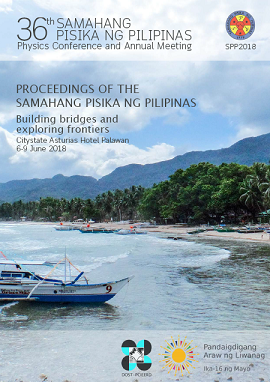Modeling the effect of varying seawater temperature and carbon concentration on coral life expectancy
Abstract
A NetLogo-based model has been used to simulate the life expectancy of corals under different parameters. The model focuses on exogenous variables initial temperature of the system and carbon concentration. The simulation has been divided into three parts–varying initial temperature, varying carbon concentration, and extreme temperatures. Results have shown that as the initial temperature increases, the time it took to wipeout the population of corals decreases. Additionally, simulating 29°C initial temperature has shown that corals stopped reproducing. As for carbon concentration, carbon molecules act as catalysts in seawater temperature increase resulting in faster coral-population wipeout for high number of carbon molecules and contribute to ocean acidification. Lastly, coral health rapidly depletes for extreme temperatures. The number of carbon molecules in the system and the initial temperature of the system have been shown to be high-leverage variables.
Downloads
Issue
Building bridges and exploring frontiers
6-9 June 2018, Puerto Princesa City
Please visit the activity webpage for SPP2018 for more information on this year's conference.











